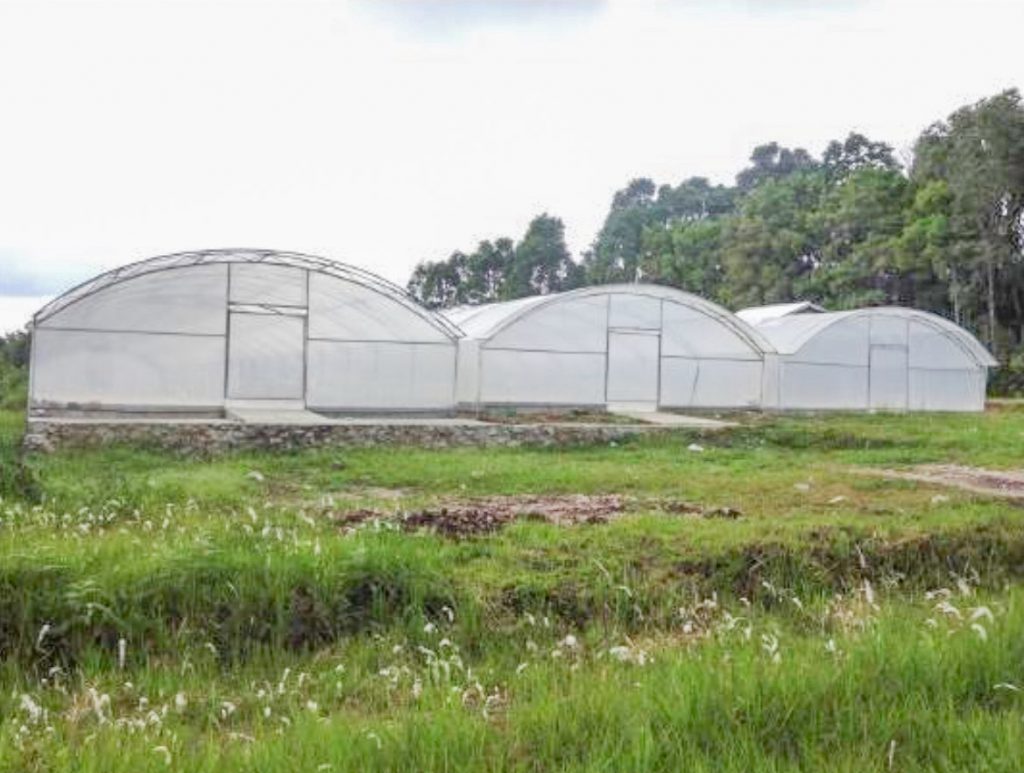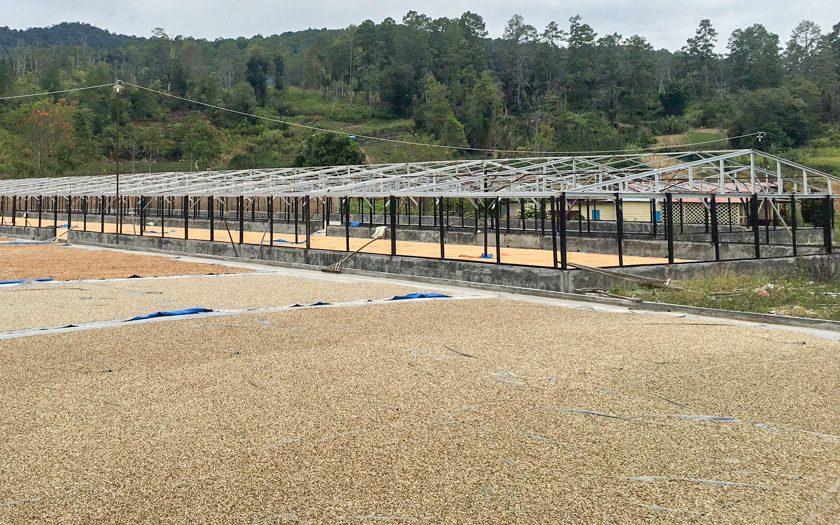This Triple Pick lot comes from smallholder farmers of the Batak tribe in Humbang Hasunduntan Regency, North Sumatra, on the shores of Lake Toba. The Batak people have been farmers, hunters, and fishermen for hundreds of years given the natural productive abundance of the land and water in and near lake Toba.
The area surrounding Lake Toba is known as Mandheling, named for one of the many Batak languages, Mandailing. The name Mandheling first became used by Japanese importers of coffee from North Sumatra to refer to the region, and today “Sumatra Mandehling” is a common term for identifying coffees from North Sumatra. The coffee growing areas on the southern shores of Lake Toba are also referred to as Mandheling, with the name of the Batak language being used to identify speakers of the language, a coffee quality, and the area where that coffee grows. Family owned farms range in size from a quarter to one full hectare.
Pictured are Batak producers Ibu Siregar and her daughter depulping coffee by hand; leguminous lamtoro trees planted with coffee to provide shade, erosion control, and fix nitrogen in the soil; Lake Toba; and solar coffee drying domes.
More about Sumatra and its coffee.





